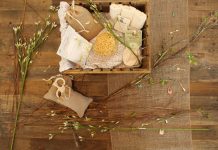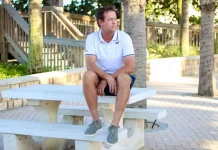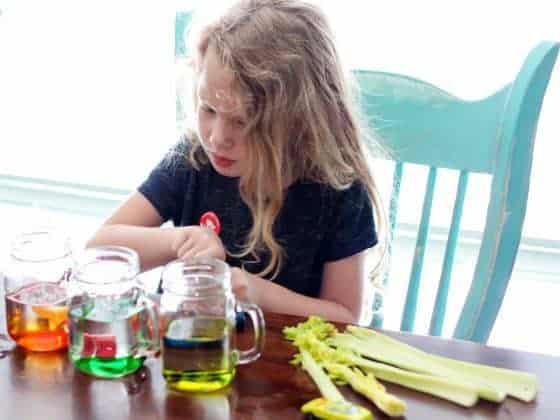Plants are the foundation of our food web. Every living thing depends on them. Plant growth is stimulated by the sun and rainfall. We must understand the importance of plants and how they are of vital importance to our planet- plants clean our air, help prevent erosion, they provide habitats, help keep our environment steady, they can even provide important medicines, and are the basis of our food chains. We must protect our earth, and we must teach our kids how and why plants are important early on. Start simple and explain the very basics so our kids grow up learning the importance of plants in our world.
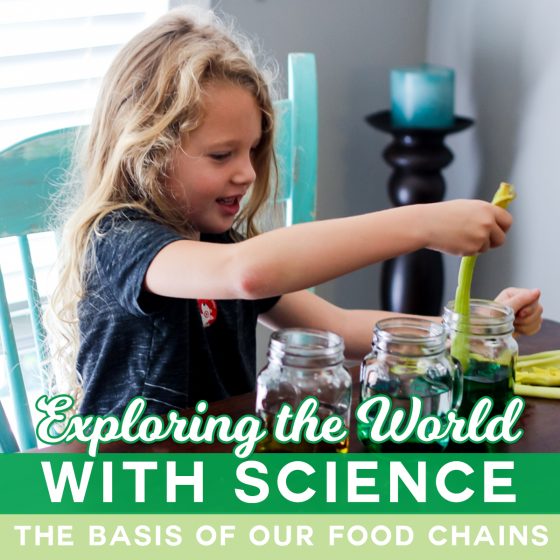 The Scientific Method
The Scientific Method
- Purpose – What do you want to learn about?
- Hypothesis – What do you think will happen?
- Procedure – How will you arrive at your results?
- Results – What actually happened?
- Conclusion – Was your hypothesis correct?
Experiment Time
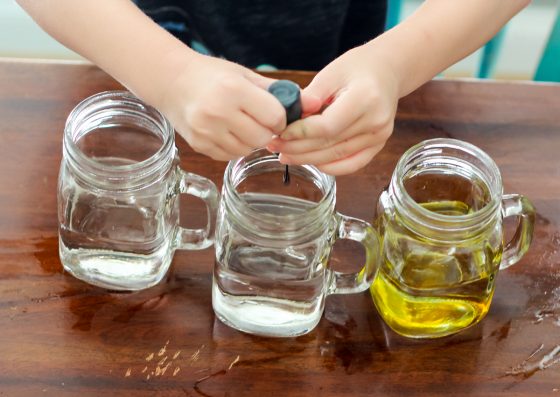
Introduce the Topic
This experiment will focus on the very basics for younger kids. Food chains and food webs are the relationship among different foods. Plants are producers – meaning they can make their own food. All other organisms on the food chain would be consumers – meaning they consume food to survive. Organisms exist along this in a hierarchically system. Humans are always at the top of the food chain – meaning that we carry the biggest responsibility to take care of the organisms underneath us. Food chains follow a simple path: producer –> consumer –> decomposer. Food webs are interlocking systems of food chains.
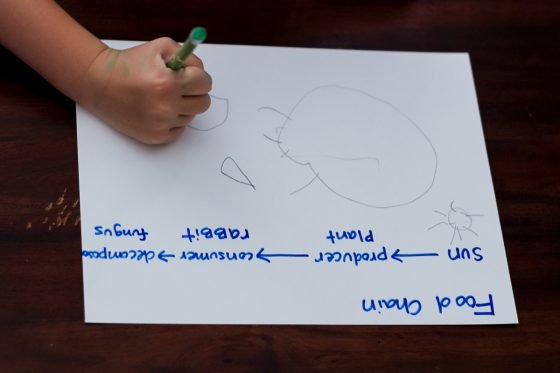
Plants provide the base for all of the food chain, but how do plants make their own food? Plants need water, sunlight, and soil to grow and make their own food. Water is pulled up from the roots against the flow of gravity to the leaves, where photosynthesis takes places. Xylem transports water and nutrients from the roots to the leaves. This experiment will illustrate this process.
Supplies
- Crayons/pencils
- Paper
- Celery
- Water
- Food Coloring
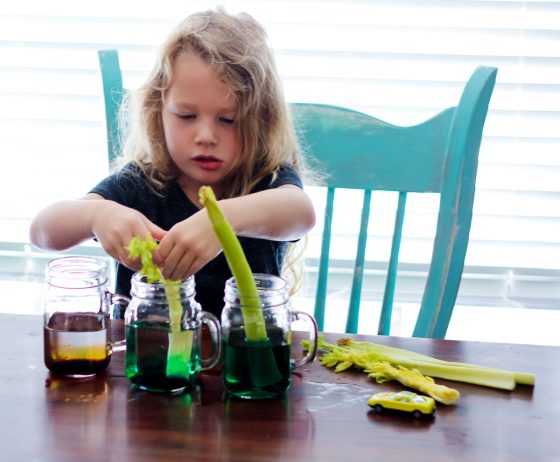
Definitions
Producers – make their own food using sunlight
Consumers – eat or consume other animals for food
Food Chains – producer –> consumer –> decomposer
Food Webs – interlocking food chains
Xylem – transports water and nutrients from the roots to the leaves
Photosynthesis – the process in which plants use sunlight to produce their own food
Insert the Scientific Method
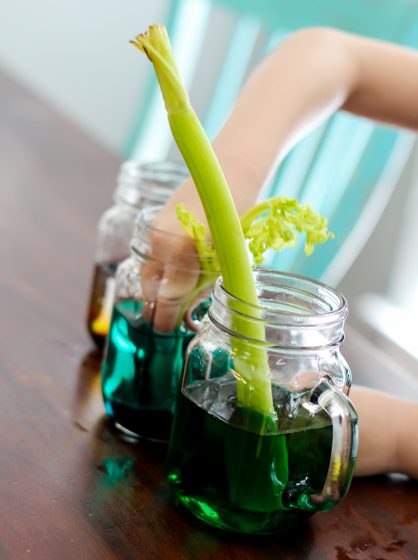
Purpose
To illustrate how water and nutrients are transported to the leaves of a plant.
Hypothesis
If we place the celery in the colored water, it will (insert whatever your child thinks will happen). The idea isn’t to be right, it is to get them thinking critically.
Procedure

- Draw and explain a food chain. Explain that all energy starts at the sun. Plants then use this energy to make food. A consumer eats the plant. Another consumer eats that consumer and so on, until the animal dies and a decomposer breaks down its body. That is the circle of life.
- Food webs are interlocking food chains. Draw and connect several food chains together.
- Next, explain that plants are very important because they are the basis of the food chain.
- Add water and food coloring to a few mason jars.
- Place cut celery stalks into the liquid with only the bottom portion submerged.
- Watch and wait.
Results
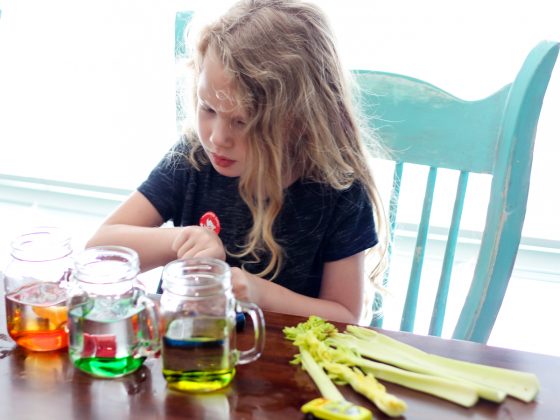
The xylem will pull the water up from the bottom and to the top of the celery. Your child will be able to see this because of the food coloring.
Conclusion- Why are plants the basis of our food chain?
Ask your child to explain the food chain, food web, and “circle of life” process. Ask them why they think plants are so important. Ask them what would happen if there were no plants. Just get them thinking and talking about science!
Keep your child’s interest in science going with another fun science experiment: Exploring the World with Science: Water Cycle.
Photo Credit: Ashley W













